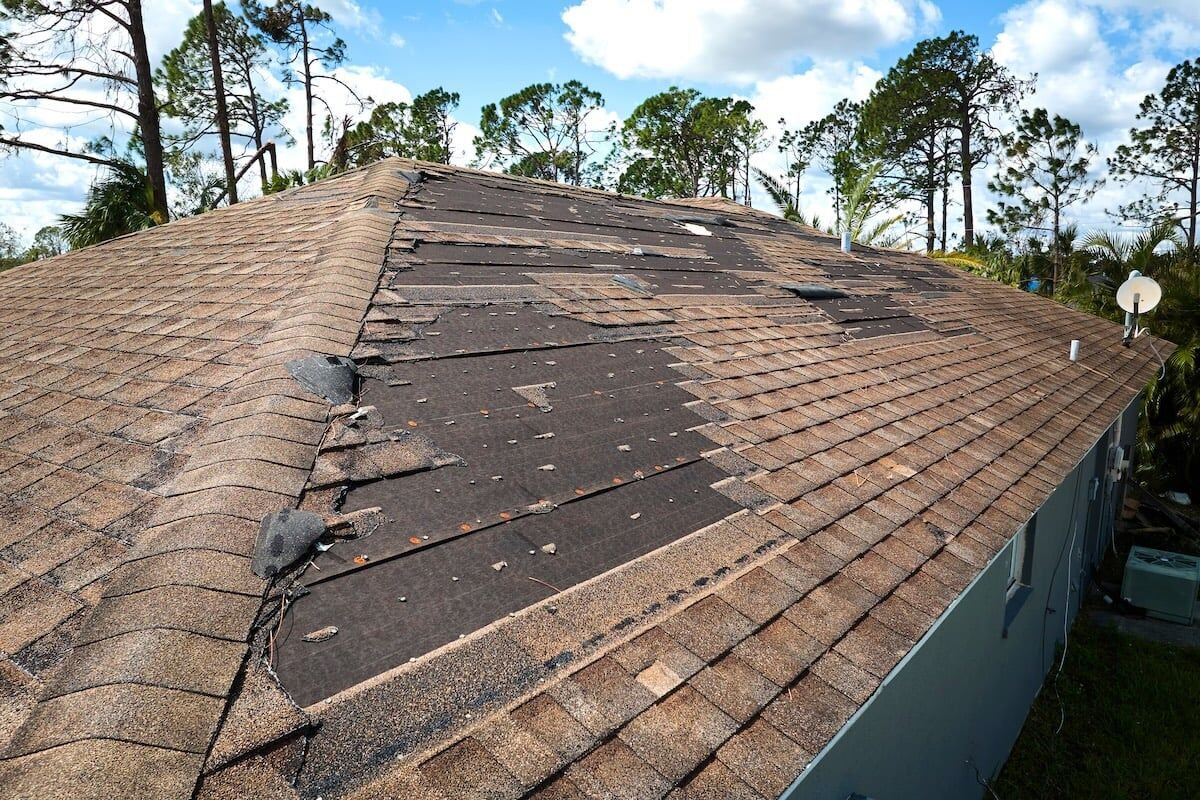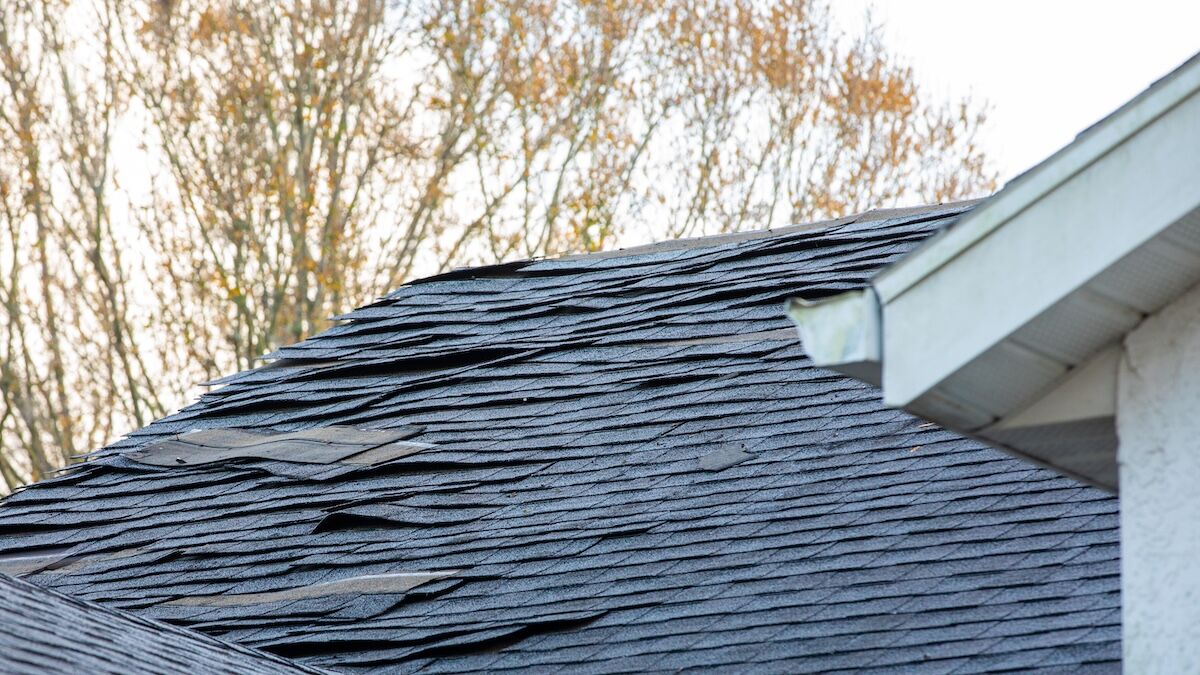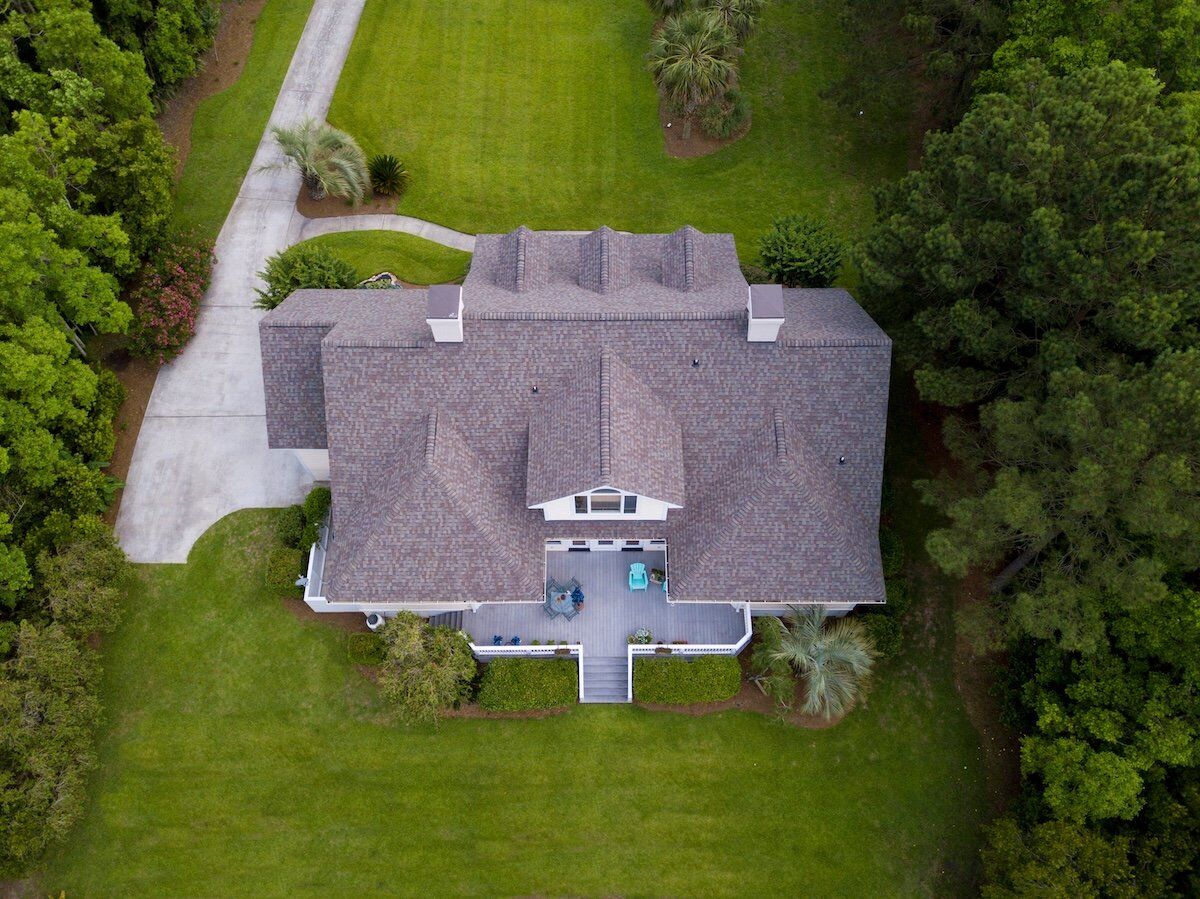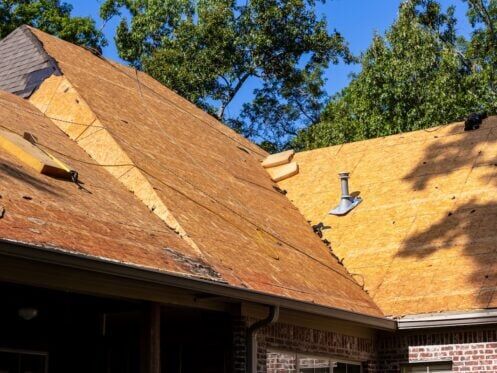Reroofing is often misunderstood, especially when homeowners are trying to decide between it and a complete roof replacement. While the terms may sound similar, they describe two different approaches to addressing roofing issues. Knowing the difference can save you time, money, and unnecessary stress when maintaining your home.
- Cost efficiency: Reroofing can be a budget-friendly option for certain situations.
- Structural needs: A full replacement is necessary when there’s underlying damage to the roof structure.
- Longevity: Understanding your roof’s age and condition is key to determining the right solution.
Let’s break down what reroofing is, how it compares to a roof replacement, and when each option is best for your home.
🤔 What Is Reroofing?
Reroofing involves installing a new layer of shingles over your existing roof. It’s typically used when your current shingles are showing signs of wear but the roof decking underneath is still in good shape.

When Reroofing Is a Good Option
- Minimal damage: If your roof is mostly intact with no major leaks or rot, reroofing might be appropriate.
- Single-layer shingles: Reroofing is only an option if your current roof has one layer. Building codes usually prohibit a third layer.
- Budget concerns: It’s generally less expensive than a full replacement because it requires less labor and fewer materials.
Reroofing Advantages
- Lower cost: Fewer materials and less labor reduce the final bill.
- Faster process: No need to tear off old shingles, which shortens the timeline.
- Added protection: The new layer provides added protection and improves your roof’s appearance.
Reroofing Drawbacks
- Shorter lifespan: Reroofing doesn’t last as long as a full replacement.
- No inspection of underlayment: You won’t know if there’s hidden damage beneath the shingles.
- Added weight: The second layer of shingles increases the load on your home’s structure.
👉 What Is Roof Replacement?
Roof replacement is a complete teardown and rebuild of your roofing system. This process involves removing all old shingles and inspecting the underlying structure before installing a brand-new roof.
When You Need a Roof Replacement
- Widespread damage: If you have water damage, sagging, or mold, replacement is the best option.
- Older roofs: Roofs that are 20+ years old often require a full overhaul.
- Multiple layers: If your roof already has two layers of shingles, a full replacement is mandatory.
Roof Replacement Benefits
- Longer lifespan: A brand-new roof typically lasts longer and comes with better warranties.
- Structural inspection: Hidden issues can be uncovered and repaired during the process.
- Increased home value: A new roof adds resale value and curb appeal.
Roof Replacement Disadvantages
- Higher cost: Labor and materials make it more expensive upfront.
- Longer project: It requires more time than a reroofing job.
- More cleanup: Removing shingles creates debris and increases cleanup requirements.

⭐️ Reroofing vs Roof Replacement: 5 Key Differences
Understanding the main differences between reroofing and replacement can help you make a confident decision:
1. Project Scope
- Reroofing: Adds a new layer on top of the existing roof.
- Replacement: Involves removing the old roof entirely.
2. Cost
- Reroofing: Typically more affordable due to reduced labor.
- Replacement: Costs more but includes structural repair.
3. Time Required
- Reroofing: Faster turnaround since tear-off isn’t needed.
- Replacement: Longer project due to complete removal and inspection.
4. Structural Benefits
- Reroofing: No chance to inspect or fix decking issues.
- Replacement: Allows repair of underlayment and decking.
5. Longevity
- Reroofing: Shorter lifespan, usually 10–15 years.
- Replacement: Longer-lasting, often 20–30+ years with proper maintenance.
📋 How to Choose Between Reroofing and Roof Replacement
If you’re unsure which option is best for your home, taking a closer look at your roof’s history, current condition, and your future plans can provide clarity. Let’s walk through three key decision-making factors to help you make the most informed choice.
What Is the Age of Your Roof?
- 20+ years: If your roof is more than two decades old, it has likely reached the end of its expected service life. Even if it appears intact from the outside, aging shingles and hidden wear can lead to serious issues down the road. In most cases, a full roof replacement is the safest and most cost-effective route for long-term protection.
- Under 15 years: For roofs that are still within the first half of their lifespan, reroofing could be a practical solution—especially if the issues are confined to the outer layer of shingles. As long as the underlying materials are solid and there’s no structural damage, adding a new layer can extend your roof’s performance without the expense of a full replacement.
Has Your Roof Been Repaired or Layered Before?
- Single layer, no major repairs: If your roof only has one layer of shingles and hasn’t needed major fixes in the past, you may be a good candidate for reroofing. The existing structure can support a second layer, saving time and money without sacrificing performance—as long as a professional inspection confirms the deck is still solid.
- Double layer or patch jobs: If your roof already has two layers of shingles, or you’ve had multiple spot repairs over the years, a full replacement is usually the best path forward. Adding a third layer is against most building codes, and patchwork repairs can conceal deeper damage. A full replacement ensures every component—from shingles to flashing to underlayment—is brought up to current standards.
Are You Planning to Sell Your Home Soon?
- Reroofing: If you’re preparing to sell your home in the near future and the roof is still in fairly good shape, reroofing can give it a fresh, clean look without the cost of full replacement. This can be appealing to buyers at first glance. However, keep in mind that some home inspectors or appraisers may flag it during inspection, especially if the second layer hides defects or the buyer’s lender requires a full assessment.
- Replacement: If you want to maximize your home’s resale value and minimize buyer objections, a complete roof replacement is the better choice. It signals that your home has been well-maintained and can make your listing more competitive. A brand-new roof is also a strong selling point that can increase buyer confidence and reduce negotiation hurdles during the sales process.

🔍 Professional Inspection Is the First Step
A trained roofing contractor can assess your roof and help you make the right decision. Here’s what to expect during a professional evaluation:
- Visual inspection: An expert will check for signs of damage, warping, and aging.
- Decking check: If shingles are removed, they’ll look for rot or structural issues.
- Moisture assessment: Water stains, mold, or mildew can indicate hidden damage.
✅ Invest in the Right Roofing Solution
Choosing between reroofing and a full roof replacement isn’t always straightforward, but understanding your options puts you in control. While reroofing can save money in the short term, a full replacement may offer better long-term value—especially if your roof has significant wear or damage.
At Indy Roof & Restoration, we believe in helping homeowners make smart, informed decisions. Our expert team offers honest assessments, thorough inspections, and quality workmanship you can count on. Whether you’re considering reroofing or think a full replacement might be needed, we’re here to guide you every step of the way.
Reach out today to get peace of mind about your home’s future.

